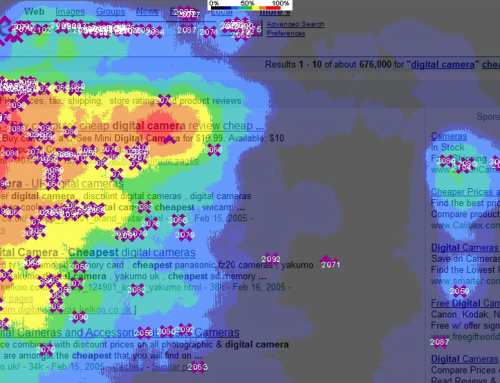Think ‘responsive design’ is just fancy web jargon, a fad, or just an expensive add-on you don’t really need? You’re going to have to think again. It’s crucial for your business that your website is viewable to your customers (and leads) on a variety of devices. It’s not just a ‘nice to have’ anymore, but an essential investment.
So What Is Responsive Design Exactly?
If the introduction to this article already sent your head spinning, let’s give you a quick overview of what responsive design entails. To put it simply, it means building your website so that it works on any device, resolution, font size, or any other variable. Whether your visitor is on an iPhone, tablet, or netbook, your website is fully compatible.
Do I Really Need It?
Just a few short years ago, you could have made a compelling case for responsive design being nothing more than a fancy add-on. After all, smartphones were nowhere near what they are now and no one had even heard of a tablet. Remember how people laughed at the first iPad? Times have radically changed since then.
Is the PC Still King?
Most people that argue against responsive design say that most users will still primarily access sites on their desktops above anything else. Recent trends do not support this line of thinking. In fact, PC sales have actually dropped this year.
 We know that people are connecting now more than ever, so what’s plugging the gap for the slowing PC market? The answer comes in a variety of handheld formats. Smartphones and tablets are now the go-to devices for a lot of people, with sales for the latter exceeding 100 million in the US for 2012. This number will undoubtedly be higher for 2013.
We know that people are connecting now more than ever, so what’s plugging the gap for the slowing PC market? The answer comes in a variety of handheld formats. Smartphones and tablets are now the go-to devices for a lot of people, with sales for the latter exceeding 100 million in the US for 2012. This number will undoubtedly be higher for 2013.
Smartphone devices are now the clear dominant force when it comes to the mobile market. The majority of new mobile phone contracts are now bundled with smartphones. So what about the feature phone? We’re pretty sure it’s nearing extinction.
Mobile Web Traffic = Exploding
Not only are people buying smartphones and tablets in their millions, they’re also increasingly turning to these devices are the primary way of connecting to the web. In fact, it’s been predicted that mobile usage will beat the desktop by 2014.
Research by Pew Internet, a leading web company, demonstrates that over 60% of mobile phone owners use their devices to go online. Even more telling is the fact that 34% of these users don’t use any other devices for their online activity.
To add to Pew Internet’s efforts, IDC (International Data Corporation) has also released some interesting figures. According to their thinking, PC’s are definitely on their way out. They predict that by 2017 less than 20% of website hits will originate from desktop devices.
More Eyeballs Means More Customers
It’s simple. Getting more eyes on your content will generate more leads and sales. Considering the figures of mobile and tablet adoption, the conclusion is clear.
Responsive design is not a cool and funky addition that doesn't add value to the bottom line. The reality is the complete opposite. Without it, you’re going to miss out on a large chunk of clients.
No matter what kind of business you’re running, people are using tablets and smartphones for their daily activities. This includes shopping, making reservations, as well as looking up company contact details. If your site isn’t responsive, they’ll turn to another business that is. So get in touch with us, your friendly web design agency in Bristol to see how we can help your site to be responsive as well as future-proof.






Just found your blog – really interesting points about responsive design. Do you think it’s better to go responsive over having a native app? Or do both? Native apps are expensive, but then again… maybe it’s worth doing to make it perfect for the iPhone, for example.
Great job on the blog – – your articles are actually quite useful and not full of fluff. Definitely bookmarking this one.